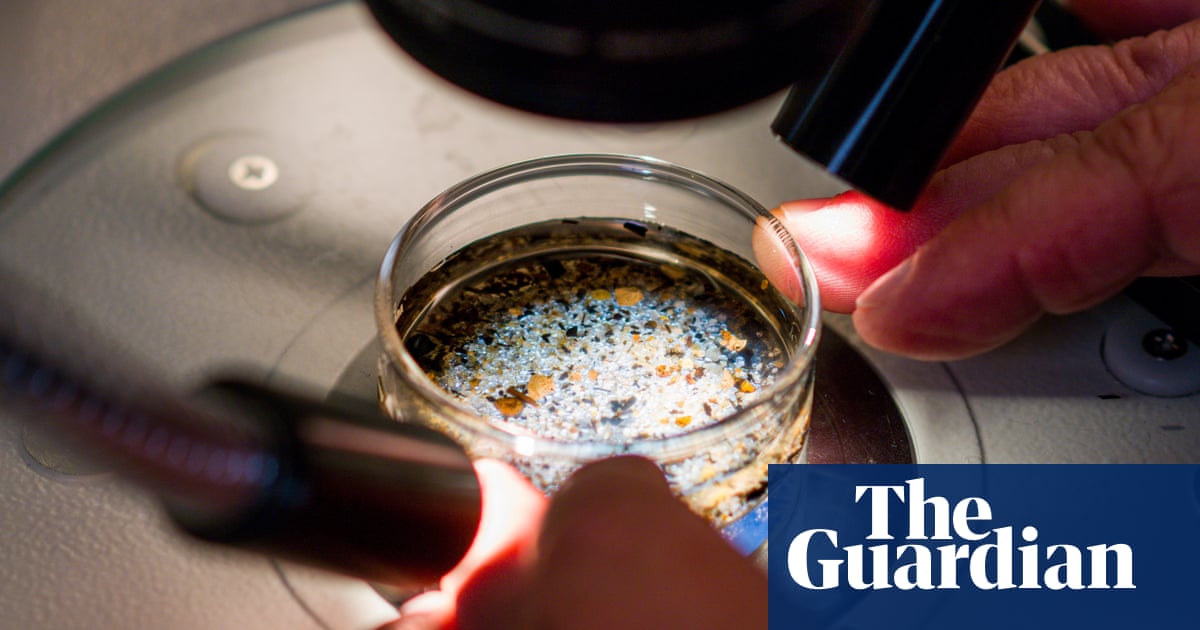Microplastics have been found for the first time in human ovary follicular fluid, raising a new round of questions about the ubiquitous and toxic substances’ potential impact on women’s fertility.
The new peer-reviewed research published inEcotoxicology and Environmental Safetychecked for microplastics in the follicular fluid of 18 women undergoing assisted reproductive treatment at a fertility clinic in Salerno, Italy, and detected them in 14.
Follicular fluid provides essential nutrients and biochemical signals for developing eggs. Contaminating that process with bits of plastic quite likely has implications for fertility, hormonal balance and overall reproductive health, the authors wrote.
The findings represent a major step toward figuring out how and why microplastics impact women’s reproductive health, but are also “very alarming”, Luigi Montano, a researcher at the University of Rome and study lead author, said.
“This discovery should serve as an important warning signal about the invasiveness of these emerging contaminants in the female reproductive system,” the study states.
From the top of Mt Everest to the bottom of the Mariana Trench, microplastics and smaller nanoplastics have been detected throughout the environment. Food is thought to be a main exposure route: recent studies found them inall meatandproduce productstested.
Microplastics are particularly dangerous because they can contain any number of 16,000 plastic chemicals. That includes highly toxic compounds likePFAS, bisphenol and phthalatesthat are linked to cancer, neurotoxicity, hormone disruption or developmental toxicity.
Microplastics have been found throughout the human body and can cross thebrainandplacentalbarriers.
Montano’s latest paper is part of alarger projecthe’s leading for which he has also detected microplastics in humanurineandsemen, and examines the impacts on fertility. He said he suspects microplastics are among chemicals driving plummeting sperm counts and a drop in overall sperm quality.
“We have proven this decline, especially in areas where pollution is bad,” Montano said.
Though men are more susceptible to the substance’s toxic effects, he added, women are also possibly impacted. Animal research has linked the presence of microplastics to ovarian dysfunction and health problems, like reduced oocyte maturation, and a lower capacity for fertilization. Another study on mice showed alterations to ovarian tissue.
The paper notes a “possible presence of correlation between the concentration of microplastics” and reproductive health in the women who participated in the new study.
Montano added that the bisphenol, phthalates, PFAS and other highly toxic chemicals that use microplastics as a “trojan horse” to get into the body, and into the ovaries, are “very dangerous”. The chemicals are already well-known for disrupting hormones and harming women’s reproductive health.
The follicular fluid paper offers a “very important finding”, said Xiaozhong Yu, a University of New Mexico microplastics researcher, but he added that more work is needed to determine the dose and level of exposure at which adverse effects start to happen.
“This is the work in the next phase – we need to quantify,” Yu said. His team is also attempting to answer some of those questions with broader epidemiological research.
Montano’s team is doing similar work, and he’s spearheading research that is trying to determine how much reducing the use of plastic in the kitchen and eating an organic diet, will reduce the level of microplastics in the body.
The substances’ ubiquity makes it difficult to avoid, but reducing the amount of plastic used in the kitchen – from packaging to storage to utensils – can likely reduce exposures. Pesticides can contain microplastics, or in some cases are a form of microplastics, so eating organic may help.
Experts also advise that people avoid heating plastic, or putting hot food and liquid in plastic.
Single-use paper coffee cups, for example,can shedtrillions of bits of plastic when hot liquid is added. Similarly, tea bagscan releasebillions of particles, and microwavable plastic isalso a problem. Plastic utensils that briefly come into contact with hot pans can also leach chemicals, and wood and stainless steel alternatives are better.
